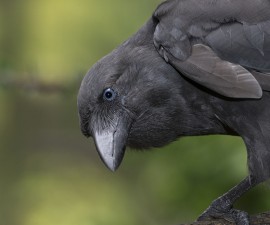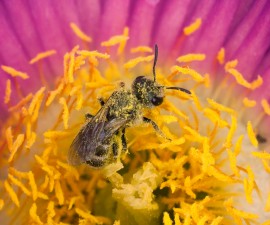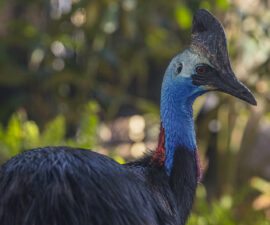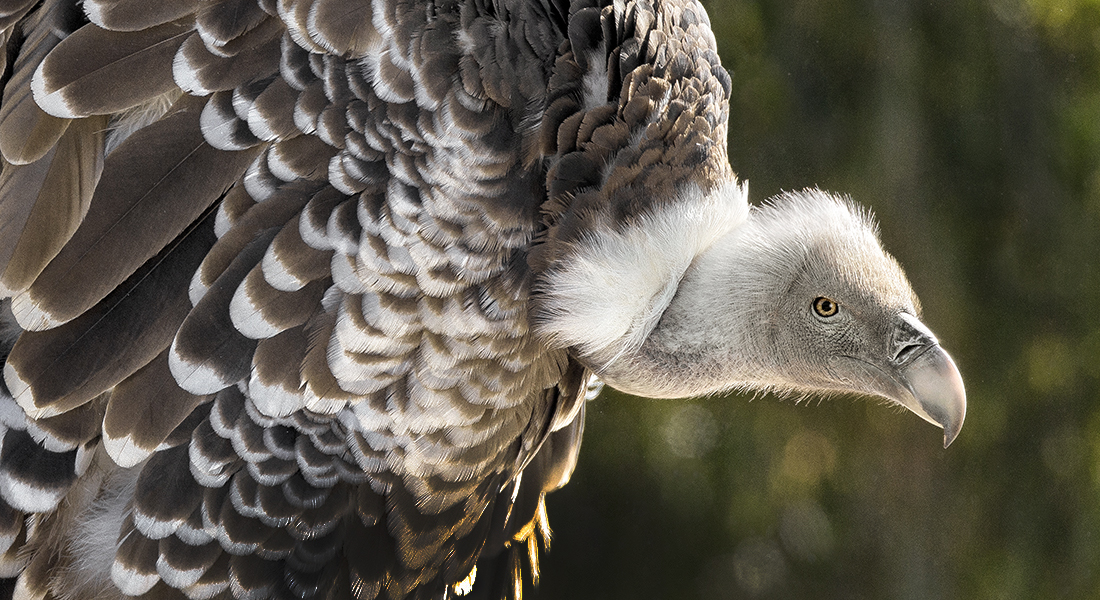
V is for Vulture
Vultures play a vital role in the environment: they are part of the all-important cleanup crew.
BY Karyl Carmignani
Photography by Ken Bohn
Videography by Dustin Trayer
They are not acclaimed for a dulcet song or vibrant plumage. They don’t mimic voices or build fancy nests. They don’t snatch their meals from roiling rivers or hover like helicopters in front of flower blossoms. They have a significant “ick factor” attached to their smelly diet of carrion, and just the word “vulture” engenders fear or revulsion in the hearts of many. In short, vultures don’t get much love.
TOOLS OF THE TRADE
An Egyptian vulture uses a rock to crack open an egg.
But vultures do plenty to earn their keep in their respective ecosystems, from much-needed tidying up of dead stuff to actually removing pathogens from the environment in ways no other animal can. As the ultimate low-impact consumer, vultures soar thousands of feet above the Earth in search of a tasty carcass. They form strong pair bonds, and both parents help raise the young. Some have wingspans wider than a bus. Many species have colorful faces and beautiful feathers. Looking at them with fresh eyes, there’s a lot to love about vultures!
Unfortunately, “mass poisoning events” in Africa are sounding a death knell for many of these big-bodied scavengers. “People’s perceptions can be a roadblock to saving less ‘cute’ species,” said Jenny Tibbott, senior bird keeper at the San Diego Zoo Safari Park. “But without enough vultures around, who’s going to ‘do the dishes’?”
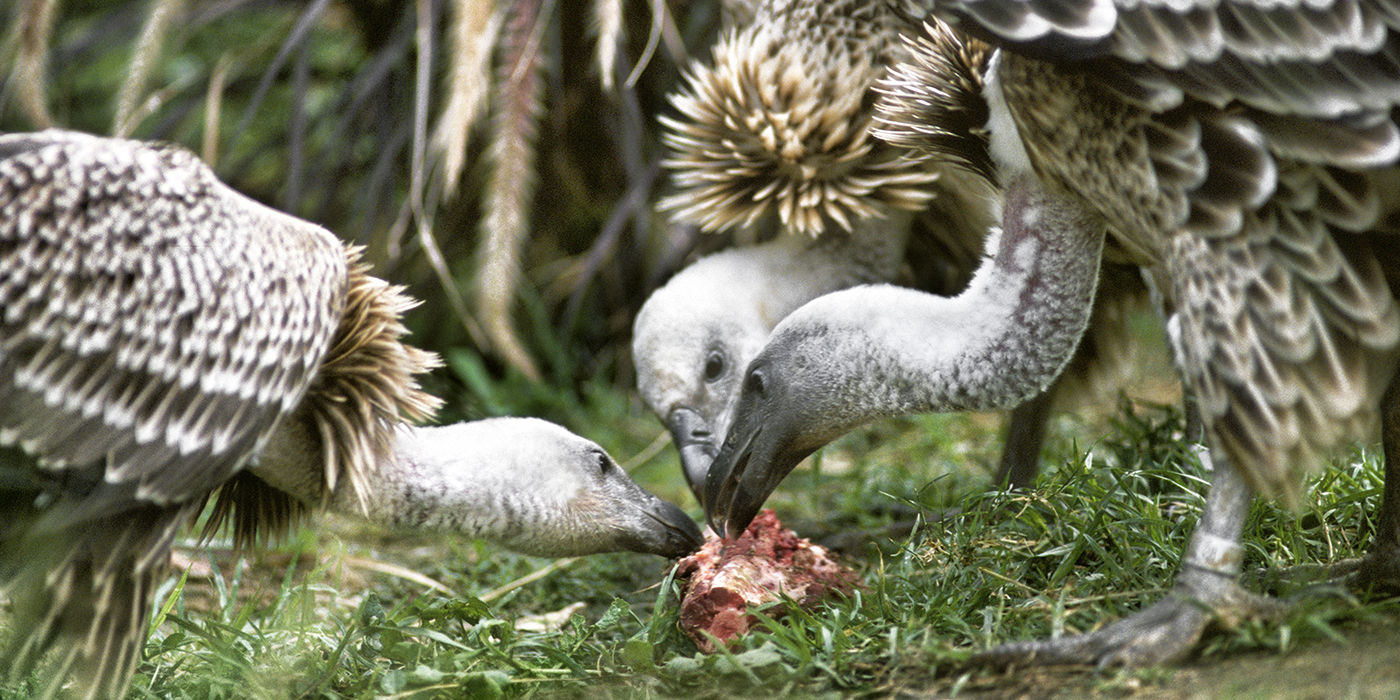
Soap of the Savanna
Vultures have earned the term “soap of the savanna” due to their critical role in maintaining healthy ecosystems. By consuming about 70 percent of all available carrion, vultures prevent the spread of diseases like rabies, anthrax, tuberculosis, and botulism. They are immune to the toxins, and their stomach acids are unrivaled! Water sources and soil are less prone to contamination with vultures around, and both wildlife and humans reap health benefits from their “service.”
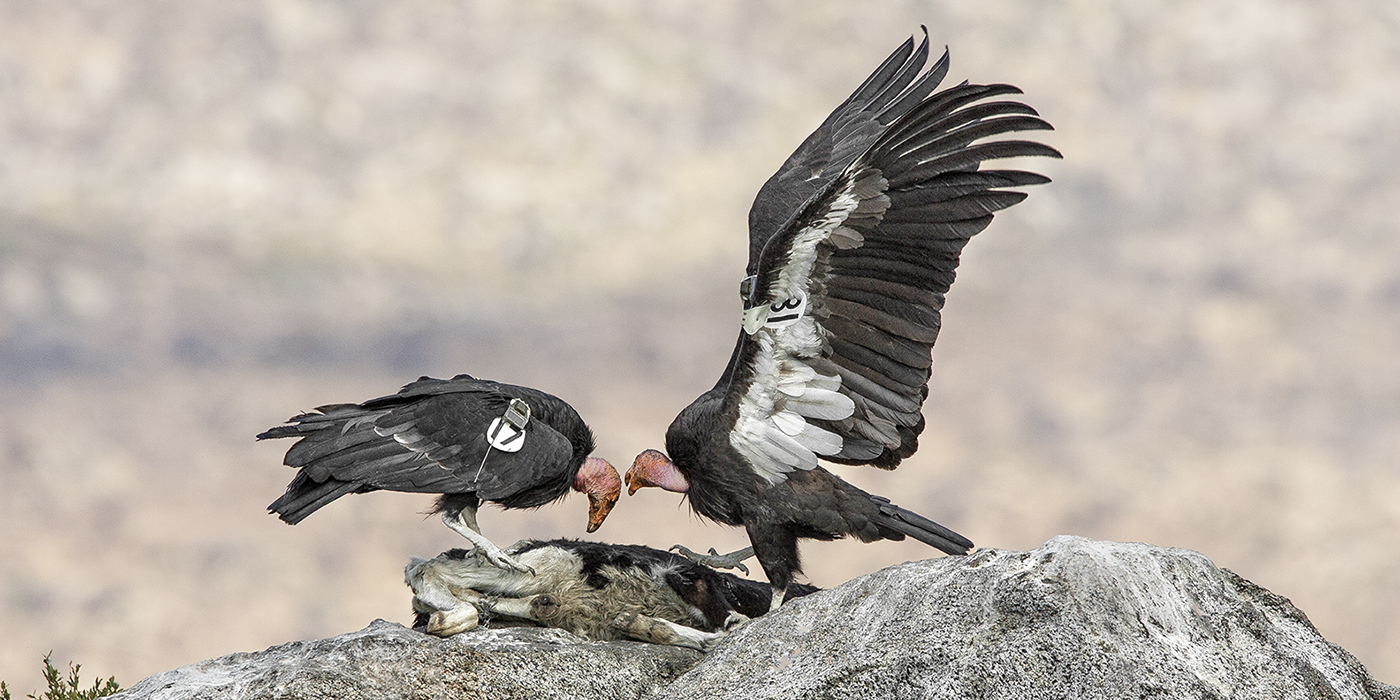
Pattern of Poison
Yet over half of the 23 vulture species—which include California and Andean condors—are threatened or endangered. Africa is home to 11 vulture species, and 7 species are on the brink of extinction. As social birds, vultures are prone to rapid decline from mass poisonings, because a large group of birds can be killed at one time from the same poisoned carcass.
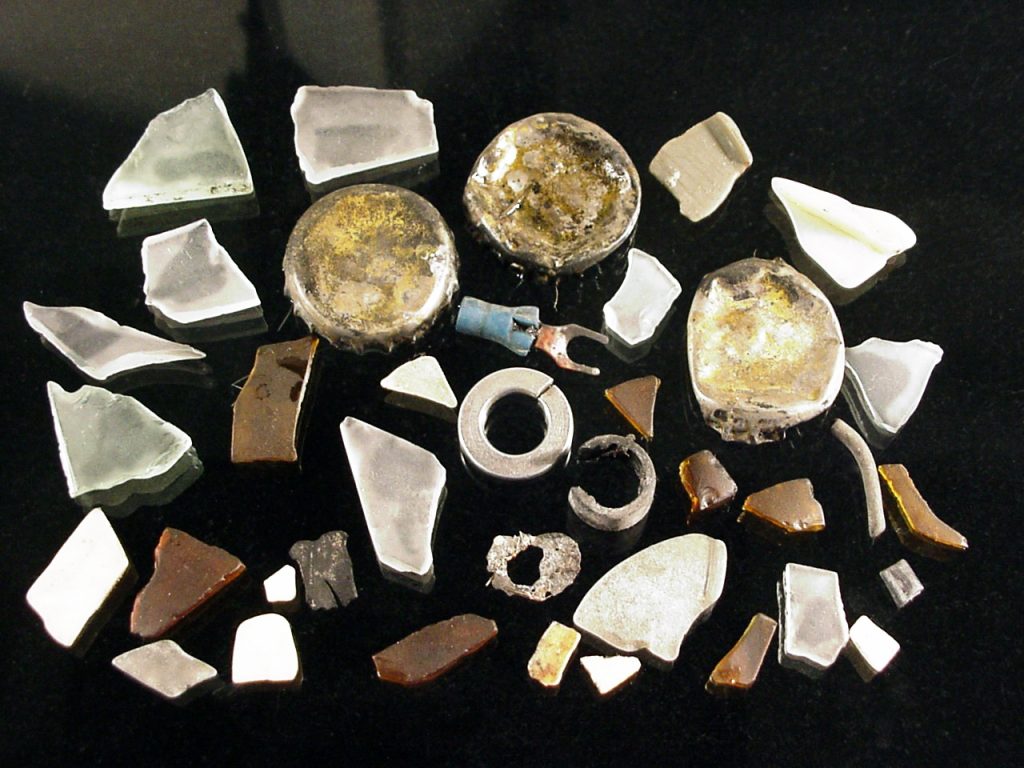
MICROTRASH IS A BIG PROBLEM
California condors are a conservation success story, despite ongoing hazards to free-flying birds like ingesting microtrash and lead bullet fragments in their food sources.
The current crisis is not the first time vultures have been under siege from poisons in their environment. In the 1980s, the California condor had dwindled to just 22 birds, largely due to ingesting toxic lead bullet fragments in carcasses left behind by hunters. It has taken decades of collaborative conservation efforts to help this species rebound, along with hunters using alternative ammunition. San Diego Zoo Global has worked with other organizations to gradually coax this species back from the edge of extinction.
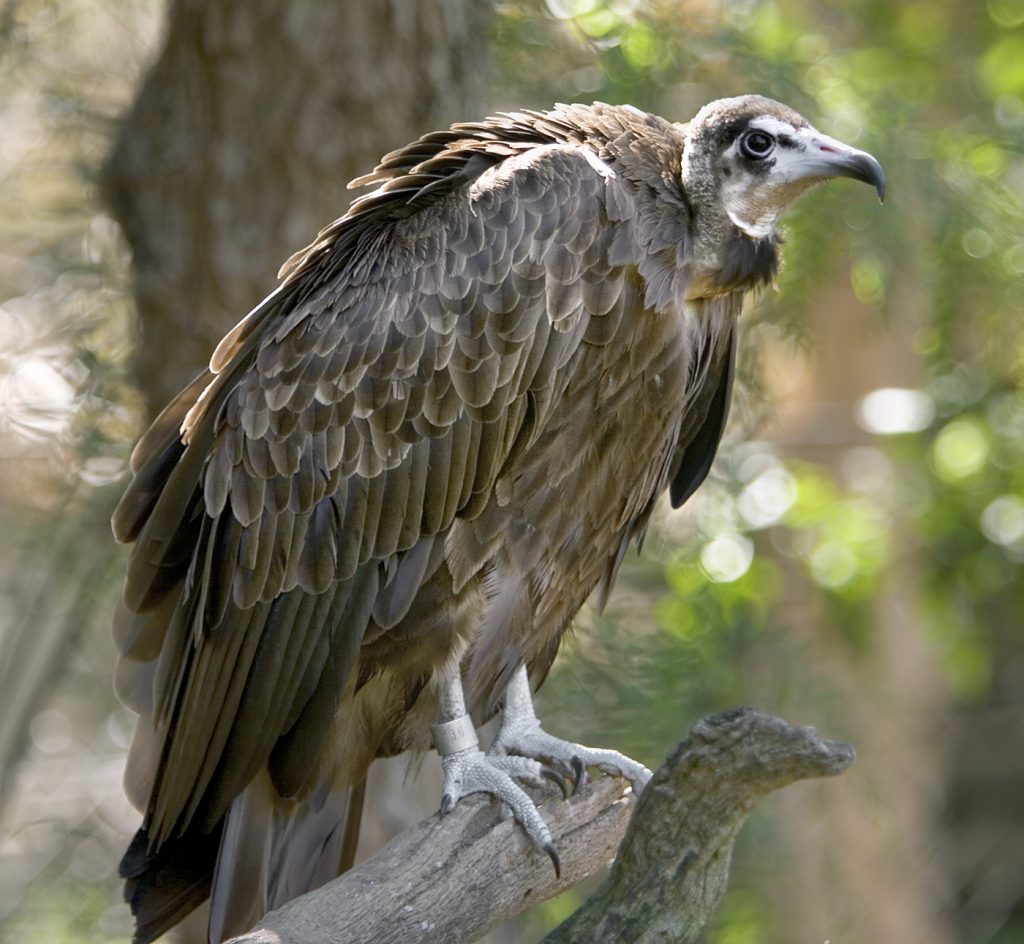
EYES IN THE SKY
Hooded vultures are smaller than other African vultures and soar higher than most, often spotting a carcass first.
 Number of years
Number of years
some vultures
can live
In the 1990s, India experienced a dramatic decline in vulture populations, which was eventually attributed to diclofenac, an anti-inflammatory drug used by veterinarians to treat pain in cattle. Hundreds of vultures would descend on a single cow carcass, and cattle recently treated with diclofenac proved fatal for the birds. Without these scavengers cleaning up the carcasses, opportunistic scavengers like crows, rats, and dogs took up the slack, which led to an increase in disease-carrying feral dogs—up to 7 million by some estimates.
Since dogs came into much closer contact with humans than vultures ever would, the natural disease barrier was compromised. It is thought that dogs feeding on disease-ridden carcasses were at least partly to blame for the rabies outbreak estimated to have killed 48,000 people between 1992 and 2006 in India. Fortunately, the country has banned the use of veterinary diclofenac, and it is hoped vulture populations there will stabilize.
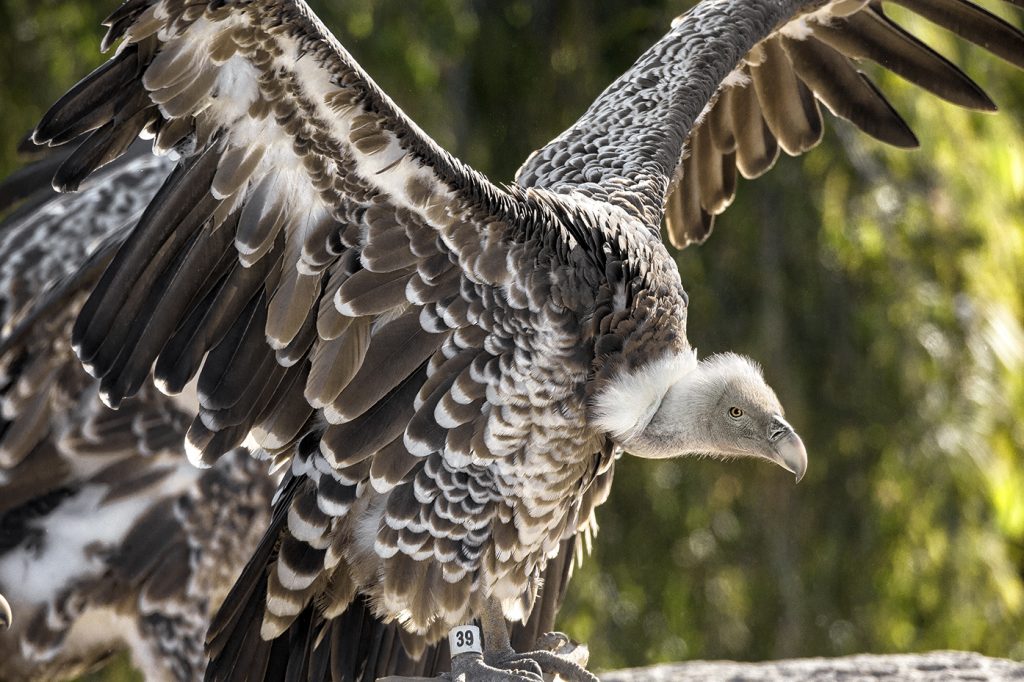
FLYING HIGH
Ruppell’s vultures are large-bodied birds that can weigh up to 20 pounds. The Ruppell’s vulture is the highest-flying bird ever recorded, reaching heights of 37,000 feet.
The recent rapid vulture decline in Africa is tied to the poaching epidemic. Known as the “ranger’s best friend,” the vultures’ circling flight, which is visible for miles, indicates a fresh carcass on the ground below. Vultures are the harbingers of the latest slaughtered elephant or rhino, thus giving rangers a valuable clue. Unfortunately, poachers are also privy to this, and many have started poisoning animal carcasses after they have taken the tusks, horns, and body parts they want. When vultures then descend to feed, dozens of birds are destroyed at a time—along with other scavengers like hyenas and jackals—leaving fewer to “announce” the poachers’ presence.
Another threat to vultures is indiscriminant poisoning by farmers. In retribution for livestock being taken by carnivores like lions, farmers leave a poisoned carcass to kill the returning predator. But that tainted cow carcass also attracts scavengers, and it is just as deadly to vultures as a poisoned elephant corpse left by poachers.
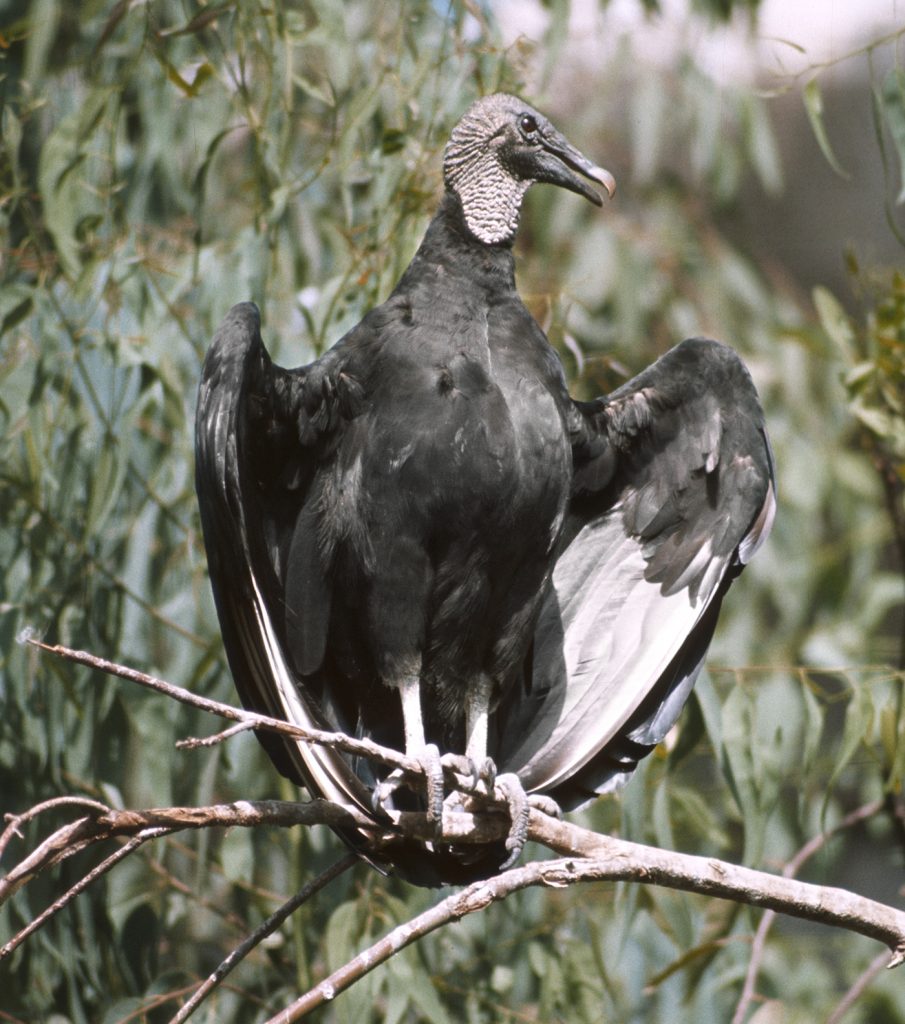
VIGILANT VULTURE
The American black vulture patrols highways for easy roadkill meals, but can also fall victim to vehicle strikes.
Other threats to vultures include habitat loss, collisions with power lines and wind turbines, and the use of their body parts in religious rituals. Additionally, large vulture species have a slow reproductive rate. They reach sexual maturity at five to six years of age, and once they find a suitable mate, the pair only raises one chick every one to two years.
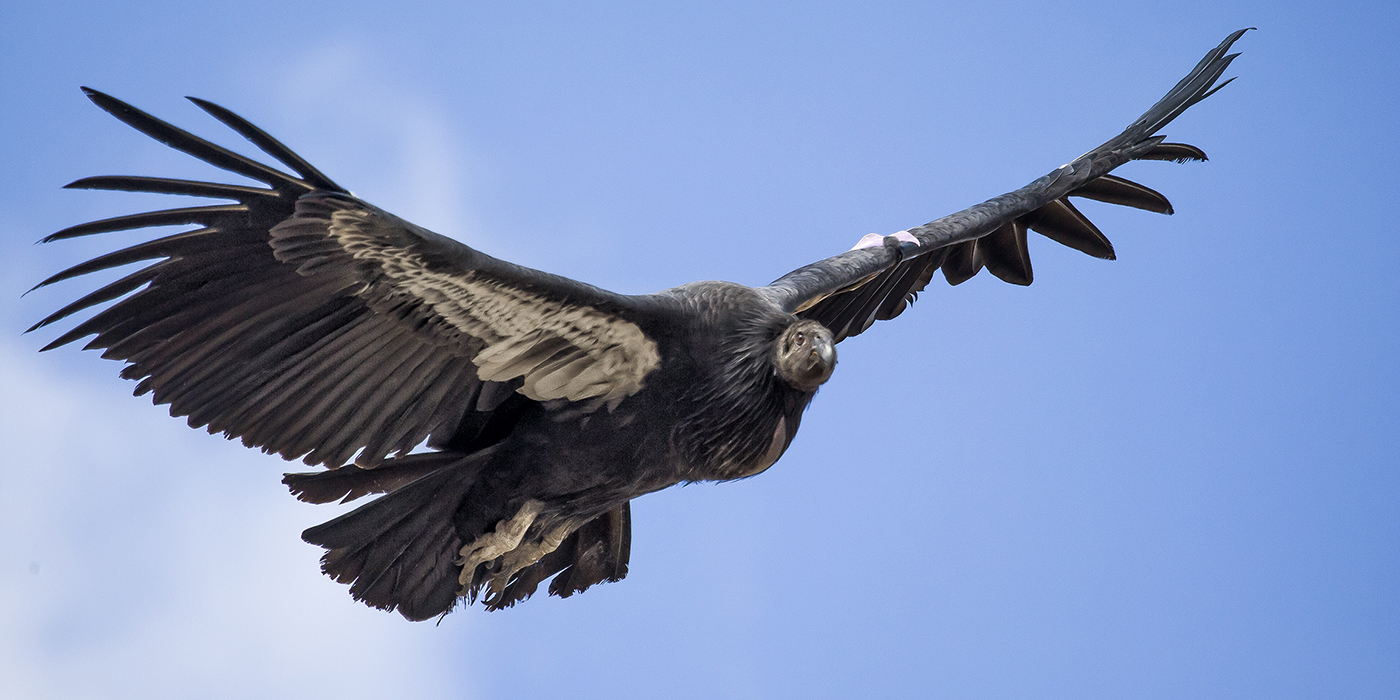
Vulture Culture
 California condor chicks hatched at the Safari Park and San Diego Zoo
California condor chicks hatched at the Safari Park and San Diego Zoo
Over the years, San Diego Zoo Global has worked with 18 of the 23 vulture species. California condors are perhaps the best-known success story, with 207 chicks hatched at the Park and 136 birds released in California, Arizona, Utah, and Baja California, Mexico. San Diego Zoo Global has also played a key role in the breeding and reintroduction of the Andean condor.
The first hatching of this species in the US took place at the Zoo in 1942; since then, 29 chicks have hatched at the Zoo and 42 have hatched at the Park. We have collaborated with other zoos to release 80 birds into the wild, mostly in Colombia.
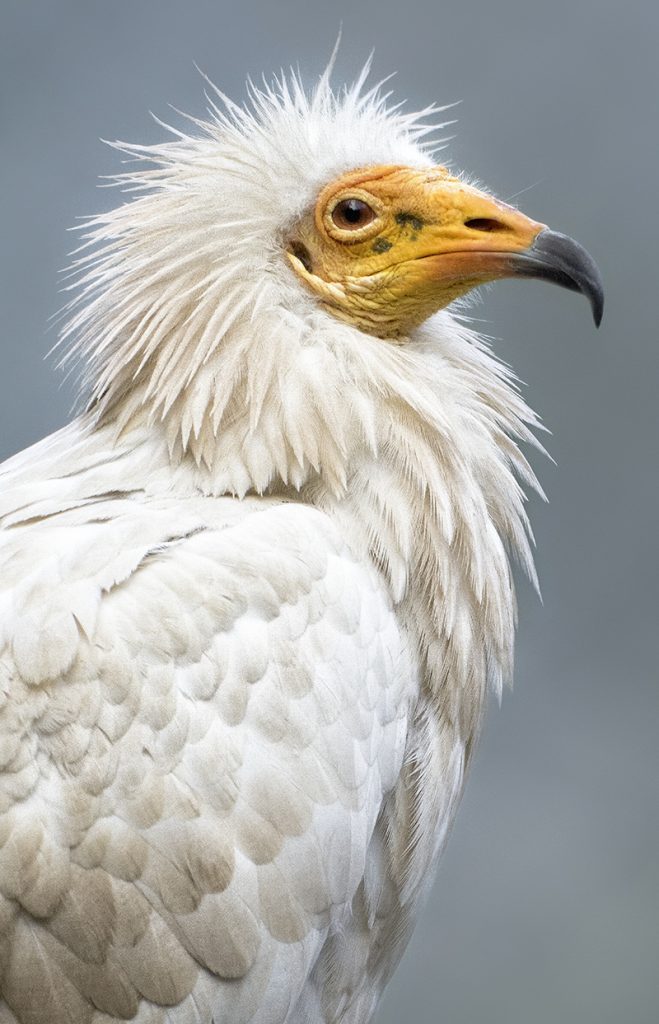
KEEP CALM AND “CARRION”
The Egyptian vulture is a regal species deft in keeping the environment tidy.
Safari Park visitors can see breeding pairs of the critically endangered Ruppell’s vulture and hooded vulture, as well as the endangered lappet-faced and Egyptian vultures. Breeding these birds in zoos helps to study the species while creating assurance populations that could potentially be reintroduced.
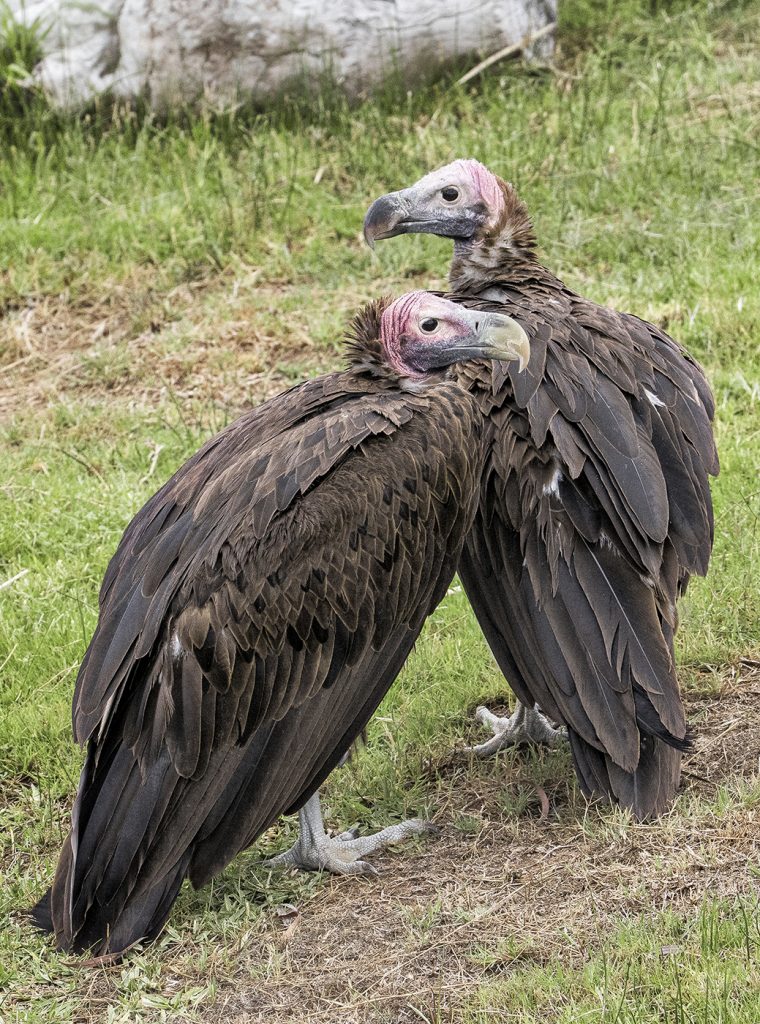
BIRD BFFS
Lappett-faced vultures have the largest wingspan of any vulture in Africa. These social birds are listed as endangered.
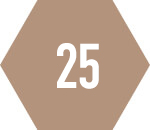 Ruppell’s vulture chicks hatched at the Safari Park
Ruppell’s vulture chicks hatched at the Safari Park
 King vulture chicks
King vulture chicks
hatched at the
Safari Park and
San Diego Zoo
Researching and monitoring vultures is a vital step in finding solutions to the current population declines. San Diego Zoo Global supports Ruppell’s vulture research in East Africa; and we are working on wind turbine mitigation in Baja California for the California condor program. Unintentional vulture poisoning by ranchers or farmers is a complicated issue, but that too is being addressed with the help of community conservation groups. San Diego Zoo Global works to combat wildlife trafficking and assists the U.S. Fish and Wildlife Service with communication efforts concerning these crimes, which take a terrible, far-reaching toll on all kinds of wildlife, including vultures.
“Vultures play a key role in maintaining balanced ecosystems,” said Jenny. “As more people become aware of the threats vultures are facing, we can hopefully turn the tide on this crisis.” Without vultures as part of a thriving cleanup crew, ecosystems would become disease-ridden and unstable. And that’s not healthy for any of us.

